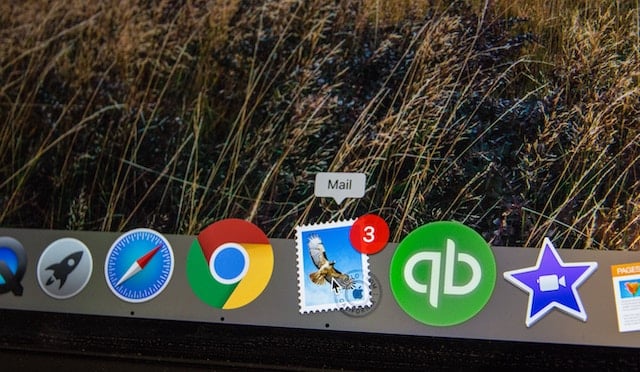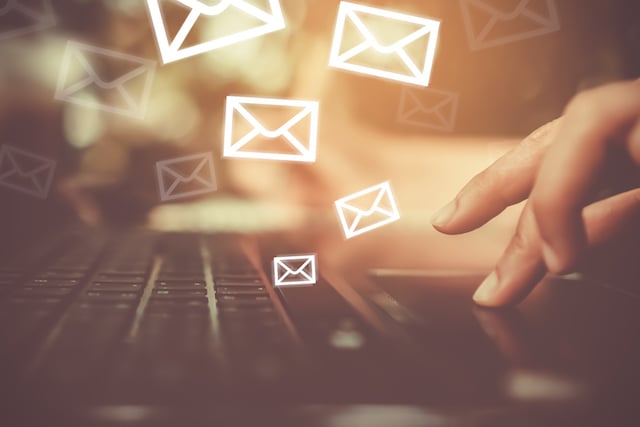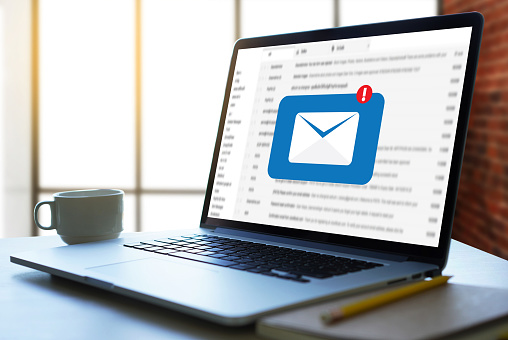You just started a newsletter and you get a couple new subscribers each week. However, for it to be worth your time to create the newsletter each month, you want to have a few hundred subscribers. You need to promote your email newsletter just like how you promote your blog.

Let’s take a step back, because before you start promoting the fact you have a newsletter, you need to create a call to action, landing page, and thank you page.
The call to action should convey the theme and frequency of the newsletter, and follow our call to action best practices. For example, “Sign up for Monthly Newsletter Featuring Internet Marketing Best Practices.”
The landing page should describe why someone should subscribe, the content of the newsletter, and its frequency. You could include testimonials of people that been getting the newsletter and a screen shot of a previous newsletter. You should list some content that was in previous newsletters in a bulleted list.
The form should be very short and only require an email address to sign up. Other things you could ask in the form would be first name, last name, company, social media info, or what they would like to see for content in the newsletter. Adding additional fields could affect the sign up rate of the newsletter though.
The last thing you need to create is a thank you page. The thank you page should restate when they will receive the newsletter. It should also explain how they should add the email address the newsletter will be coming from to their safe sender list or contacts to ensure delivery to their inbox.
Now to the fun stuff! The following are six ways you can promote your newsletter:
Thank You Pages
Add the call to action to your thank you pages. It is a very low commitment type call to action. If the lead subscribes, the newsletter content will help continue to educate them.
Blog
Include the call to action in your blog’s sidebar and at the end of some of your blog articles. An email newsletter call to action would be classified as a top of the funnel call to action, which tends to perform the best in blog content.
Calls to Action in Website
The rule is to include at least one call to action per website page. But, it’s much better to have two or three per page and why not have one them be your newsletter call to action?
Lead Nurturing Emails
Set up one of your lead nurturing emails to promote your newsletter. It's a great tactic because it shows how interested the lead is with your content overall. Every time they get your newsletter they will become more educated and potentially want to do business with you.
Physical Business Location
I know not all businesses have a location where customers or leads come and visit. But, if you do, it’s a great place and time to ask if they would like to sign up for your newsletter. You could either have them do it on a piece of paper and you sign them up, or have a computer set up and have them sign up right on your website.
Landing Page Forms
You can add a field to your landing page forms asking if they would also like to subscribe to your newsletter. Use HubSpot's List Manager Application to create a list of the people that complete the newsletter landing page and who check off the newsletter field in your forms. This will produce your email newsletter list. It's that easy!
Takeaway: You should always be promoting the newsletter because each time you send the newsletter you will inevitably have some people unsubscribe.
What tactics do you use to promote your email newsletter?
Image credit: wolf-howl.com



![How to Optimize Your Emails [Checklist]](https://53.fs1.hubspotusercontent-na1.net/hubfs/53/default-image.png)

![Personalize Your Simple Follow-up Emails [Product Update]](http://cdn2.hubspot.net/hub/53/file-411136170-png/academy/images/new_lps_available.png)


